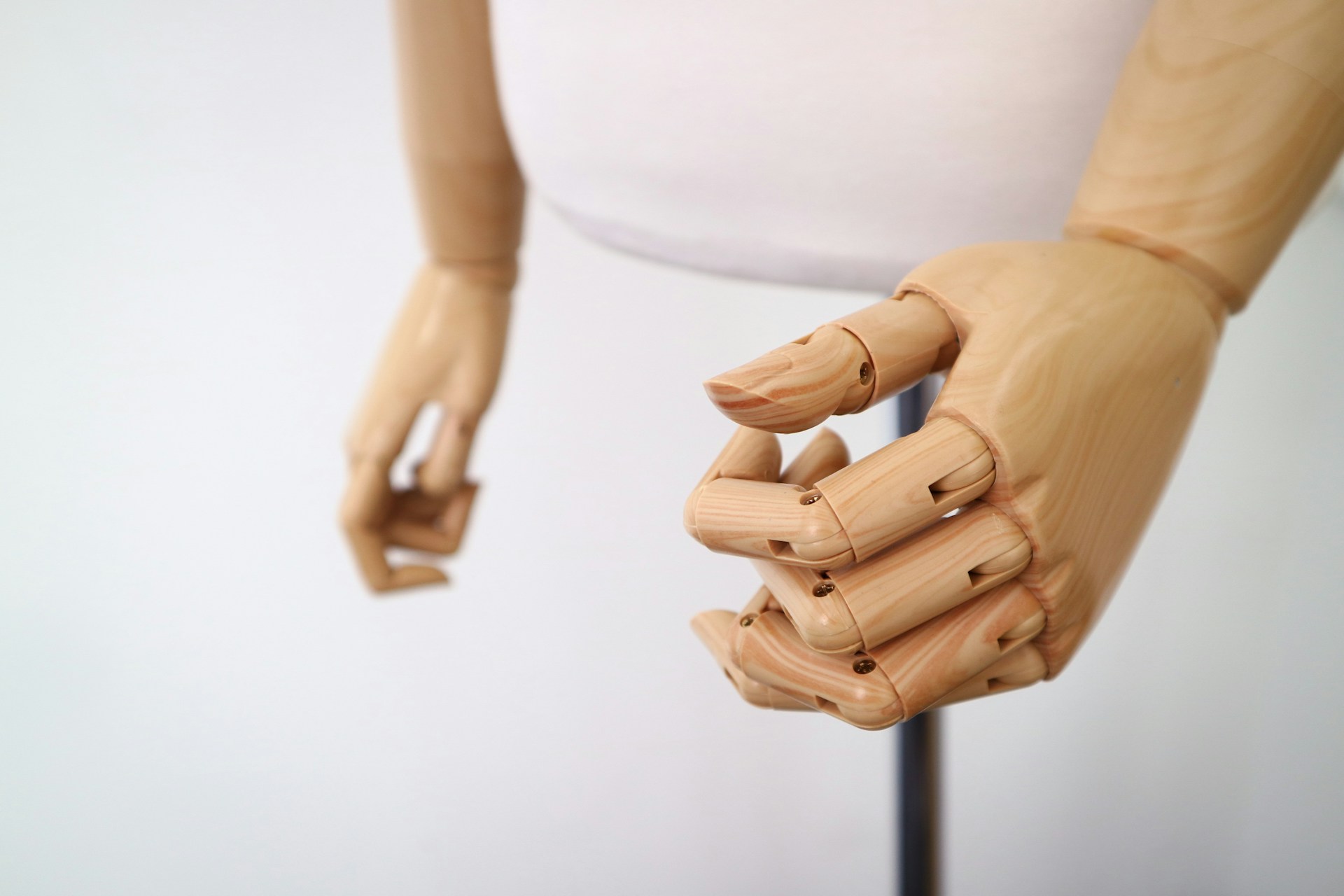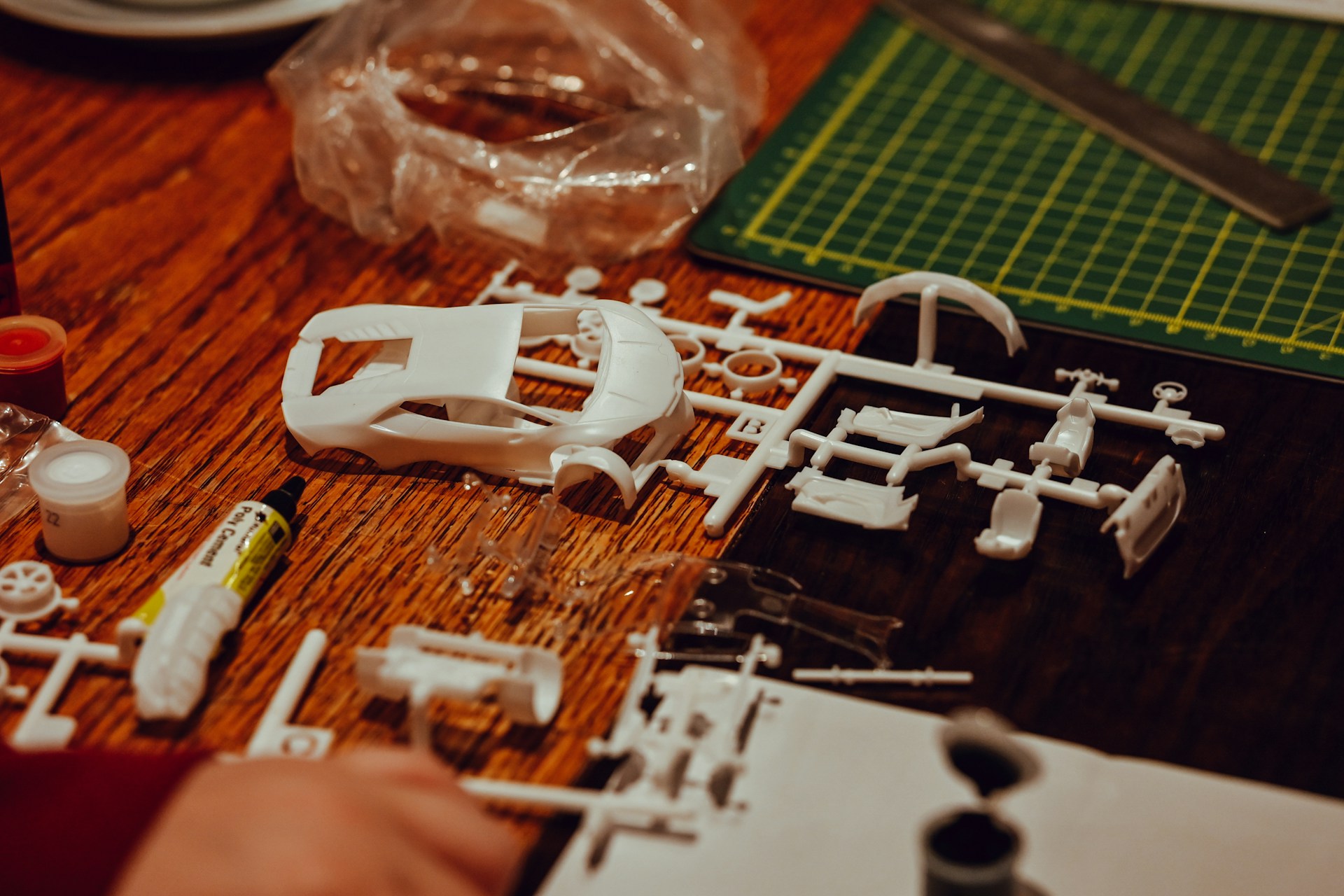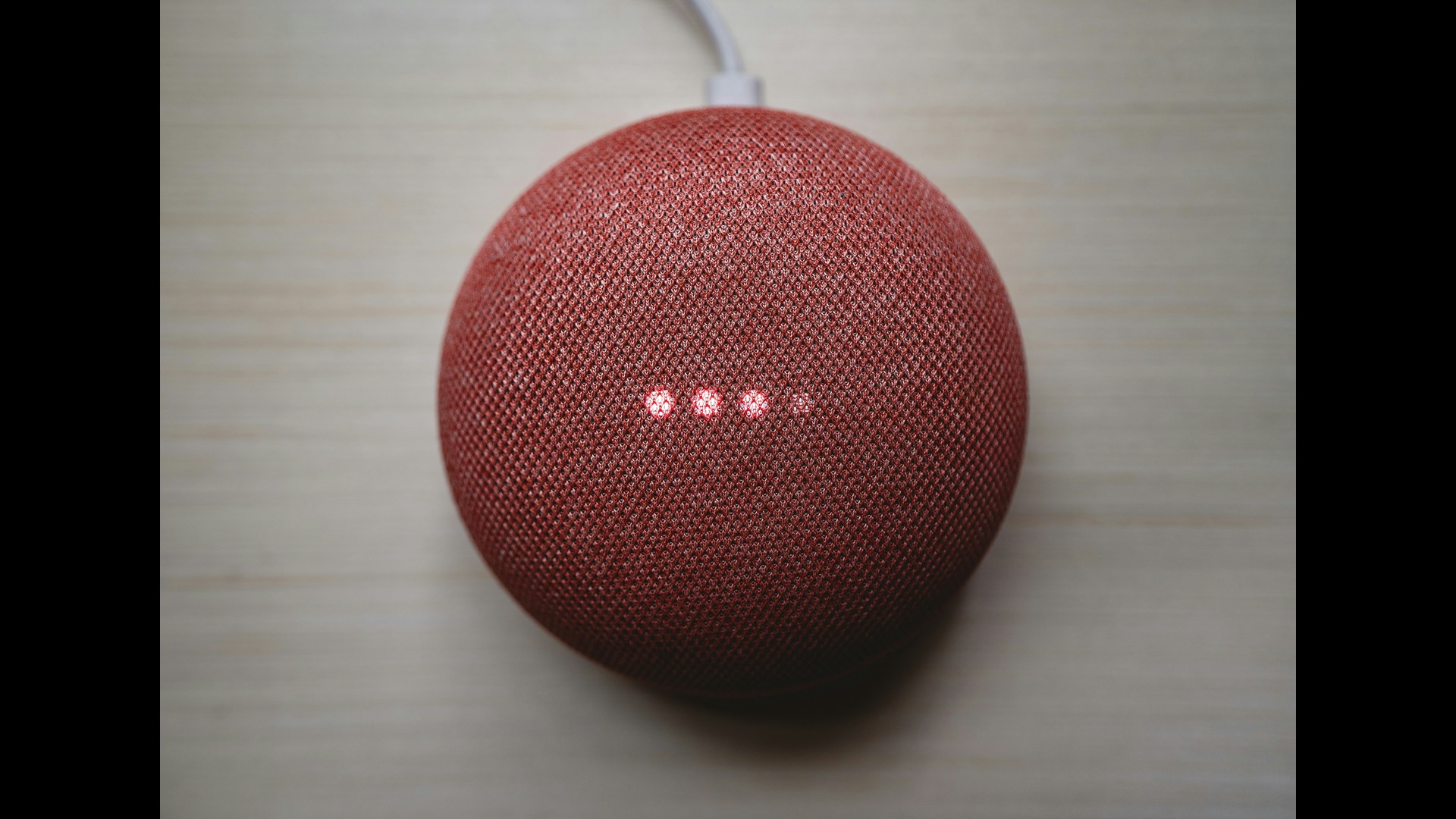
What Is a Hall Effect Sensor, and What Are They Used For?
October 19, 2023 - Ellie Gabel
Revolutionized is reader-supported. When you buy through links on our site, we may earn an affiliate commission. Learn more here.
Sensors drive modern technology. While many of these devices have debuted or rapidly advanced in the past few years, others have remained relatively unchanged for years. The Hall effect sensor is the perfect example.
What Is a Hall Effect Sensor?
Hall effect sensors — sometimes called Hall sensors — measure magnetic fields. They do this through the Hall effect, a phenomenon discovered in 1879 where magnets change the direction of electrons moving through metal, producing voltage.
Importantly, the Hall effect’s voltage is directly proportional to the magnetic field’s strength. Hall sensors use that concept to measure magnetism by monitoring this voltage. As the voltage increases, they can tell that a magnetic field is getting stronger. If it decreases, the opposite is true.
Because they rely on magnets, these sensors can sometimes operate without a power source. If you attach a magnet or magnetic metal to an object, you can also learn a lot about its positioning and movement through resulting magnetic fields. Consequently, Hall sensors have a wide range of potential use cases.
Types of Hall Effect Sensors
Given that the Hall effect has multiple possible implications, these sensors come in a broad variety. Still, you can break most types down into two general categories — Hall switches and linear Hall effect sensors.
Hall Switches
Hall switches are the most basic type of Hall effect sensors. These devices look for a predetermined voltage threshold. As soon as a magnetic field gets strong enough to reach that threshold, the switch turns on or off. Once the field drops below that level, the opposite effect happens. Refrigerator lights turning on when you open the door are a common example.
Some switches called Hall latches remain in the on position even after the magnet goes away, only deactivating in the presence of an opposite magnetic field. Latches are common in rotary applications, where they measure the position of rotating components. Positive and negative magnet poles surround the part in question in equal sizes and spacing. As it turns, the polarity fluctuates, turning the latch off and on.
Linear Hall Sensors
Linear Hall effect sensors — also called analog Hall sensors — are a little more complex. Instead of operating off a specific threshold, these sensors respond to changes in a magnetic field’s strength in real-time. As the voltage increases from a stronger field, the device’s signal output increases and vice versa.
Because analog sensors offer continuous measurements, they reveal more detailed information about a magnet’s position. As a result, they’re ideal for detecting movement or locating objects. They can also offer more precise readings about a component’s position, whereas Hall switches can only provide one of two measurements.
Hall Effect Sensor Applications
Even among today’s more sophisticated sensors, Hall effect sensors are some of the most versatile. Consequently, you’ll find them in a huge range of applications across both industrial and consumer circles.
Cars
The automotive industry relies heavily on Hall sensors. While the growing field of driverless technology will increase demand for more complex sensor systems, Hall switches and linear sensors are everywhere in today’s cars.
Many vehicles use analog Hall sensors to measure their fuel level. A magnetic object floats on top of the fuel with a linear sensor at the top of the tank. As the car uses more gas, the levels drop, taking the magnet further away from the sensor, thus changing the signal strength.
Rotary Hall latches are a popular way to measure rotational speed in components like drive shafts and tires, powering speedometers and tachometers. Hall switches are also the go-to for detecting if drivers and passengers have secured their seatbelts.
Home Security Systems
Hall effect sensors are also common in the more than $106 billion home security industry. Because both switches and linear sensors can reveal information about distance and position, they’re an excellent fit for things like motion and proximity detection.
A basic Hall switch can tell if a window or door is open by placing a magnet on the part that will move the most. When someone pushes the object open, they take the magnet away from the switch, leading to a drop in signal. Because switches use minimal power, these entry detectors can be small and unobtrusive.
Other entry alarms use linear Hall sensors to gain more detailed information. These analog options also require even less electricity to operate, so devices using them can last long.
Household Electronics
Many other household appliances use Hall effect sensors, too. Washing machines and dryers use rotational Hall latches similar to how cars use them to monitor tire rotations. As the washer or dryer spins, magnets of alternating polarity pass by the latch, indicating the spin speed.
Refrigerators sometimes use Hall switches to turn their interior lights off and on as the doors open and close. Similarly, some printers use these switches to tell if their cover is open. Non-mechanical keyboards often use Hall switches to detect user input. When someone presses a key, it brings a magnet to the sensor.
Medical Equipment
Hall sensors play a similar role in many medical applications. Switches and latches on doors serve as door alarms to keep unauthorized personnel from entering some areas or to contain quarantine environments. The same devices in sensitive medical equipment ensure people can’t operate the machinery until closing access panels.
Rotating equipment like centrifuges and pill mixers use Hall latches to monitor and maintain their speed. MRI machines use similar sensors to ensure they work properly. Linear sensors in this same equipment can measure the power of their magnetic fields to enable precise adjustments.
Robotics
As robots become more common, robotic applications for Hall effect sensors are likewise growing. These sensors are particularly important for collaborative robots, sometimes called cobots. Cobots can improve efficiency and address labor shortages, but safety is always a concern because they work alongside humans. Hall switches and sensors can monitor their movement, speed and proximity to other objects to ensure they operate safely.
Magnets throughout a robot arm can give linear Hall sensors an accurate picture of the tool’s orientation and positioning. Control systems can then use these readings to ensure robots move as precisely as possible.
Other robotic Hall sensor applications include confirming a robotic hand clamps down fully, monitoring motor speeds, detecting pneumatic cylinder positions and deactivating robots when control panels are open.
Hall Effect Sensors Are Everywhere
Sometimes, it’s difficult to improve on old technology. While Hall effect sensors haven’t changed dramatically over the past few decades, they’re still popular. Their simplicity and versatility make them ideal for many roles without overcomplicating already complex systems.
As technology plays a bigger role in people’s lives, these sensors will only become more common. Tomorrow’s technology may be sophisticated, but some of it relies — at least in part — on the centuries-old discovery of the Hall effect.
Revolutionized is reader-supported. When you buy through links on our site, we may earn an affiliate commission. Learn more here.
Author
Ellie Gabel
Ellie Gabel is a science writer specializing in astronomy and environmental science and is the Associate Editor of Revolutionized. Ellie's love of science stems from reading Richard Dawkins books and her favorite science magazines as a child, where she fell in love with the experiments included in each edition.







